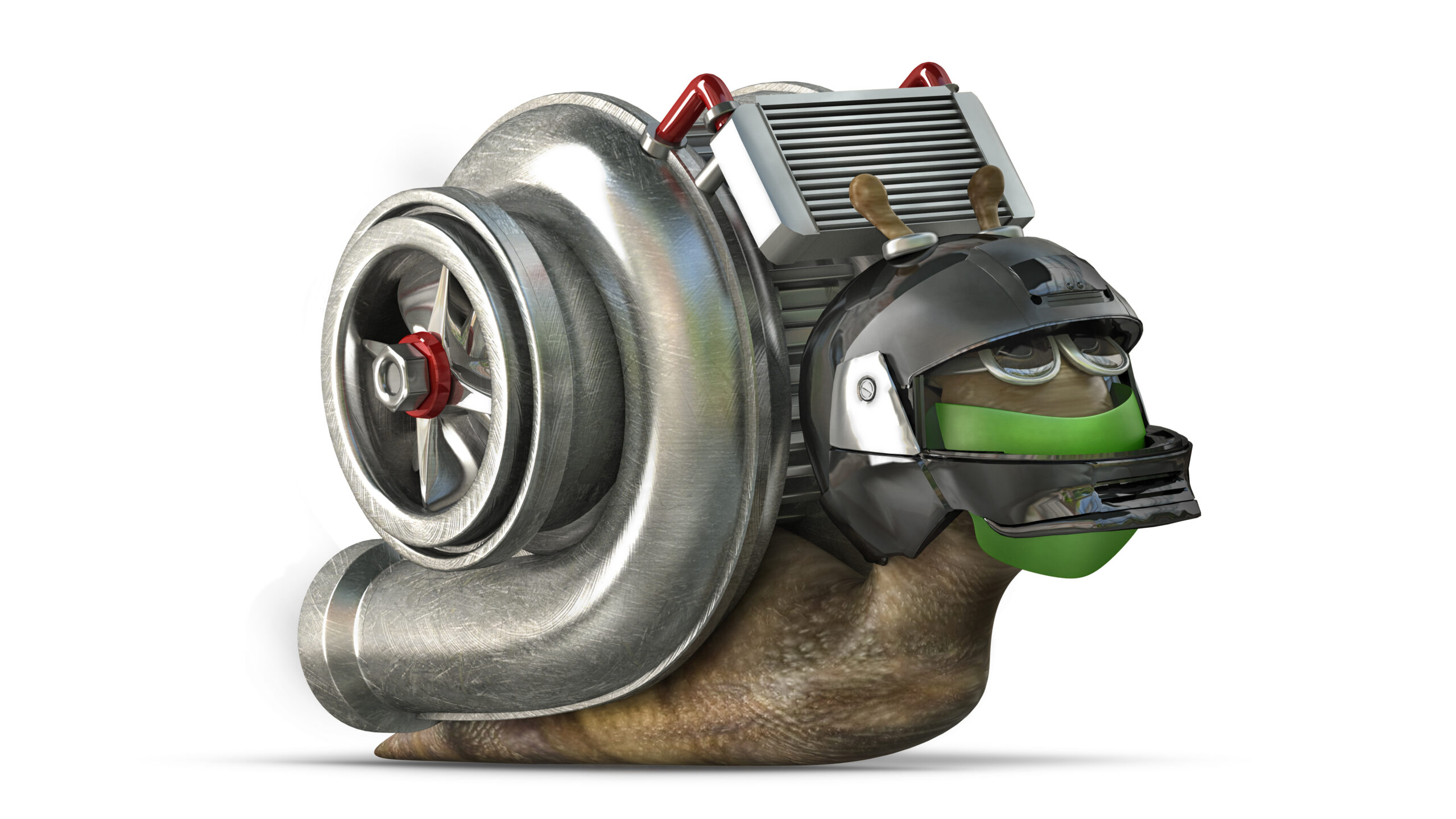What is Turbo Lag?
Surely more than once you have wondered what turbo Lag is, turbo Lag is when you accelerate but your vehicle seems to be unresponsive, this happens in mostcars that have a turbo installed. When the throttle is pressed, it takes time for the exhaust gases to start the turbo turbines up to the correct operating speed (usually around 80,000 to 120,000 RPM) and provide the engine with the level of boost necessary for maximum performance. Ideally, as soon as you hit the throttle, the turbo would already be running at RPM.
What Causes Turbo Lag?
Turbo lag is an inherent flaw in turbocharger design. Automakers have tried their best to reduce turbo lag from the factory, however a car’s turbo lag can increase over time. This comes down to a number of factors, but common reasons for an increase in turbo lag can be:
- An exhaust leak. If there is an exhaust leak before the turbo (for example, in the exhaust manifolds), there will be less exhaust fumes to start the engine, which will increase the turbo lag.
- An impulse leak. A boost leak occurs when charged air from the turbo escapes instead of entering the engine. Booster leaks can easily be created over time between turbo pipe connections as they are under high pressure levels.
- A faulty discharge valve. The turbo wastegate controls the maximum amount of pressure the turbo creates, diverting excess exhaust from the turbo to stop the overshoot. A waste gate that cannot be fully closed in low boost scenarios will increase turbo lag.
- A faulty boost solenoid. A boost solenoid controls the amount of boost seen by the dump valve, allowing it to open only at the desired pressure. If your solenoid is stuck open, your turbo will likely run at a dramatically lower boost level and increase lag.
- Lean air-fuel ratios (AFR). Not only is a lean air and fuel mixture bad for your engine, it can cause your engine to run less efficiently, increasing lag. Low AFRs are commonly caused by bad injectors, bad fuel systems, or a malfunctioning O2 sensor.
- Excessive engine wear. As something ages it becomes less efficient and the same can be said for your car’s engine. Typically, the amount of engine wear over time is minimal, but poor maintenance can cause significant increases in turbo lag over the life of the engine.
How to avoid turbo Lag
The easiest way to avoid turbo lag is to perform regular maintenance on your car. Maintaining your car reduces wear and tear on components, allowing the engine to run as efficiently as possible. If you notice strange sounds, vibrations, or sudden increases in turbo lag, you should have your car examined by an experienced mechanic. You may be experiencing some of the problems mentioned above, including a bad dump valve or an exhaust leak.













